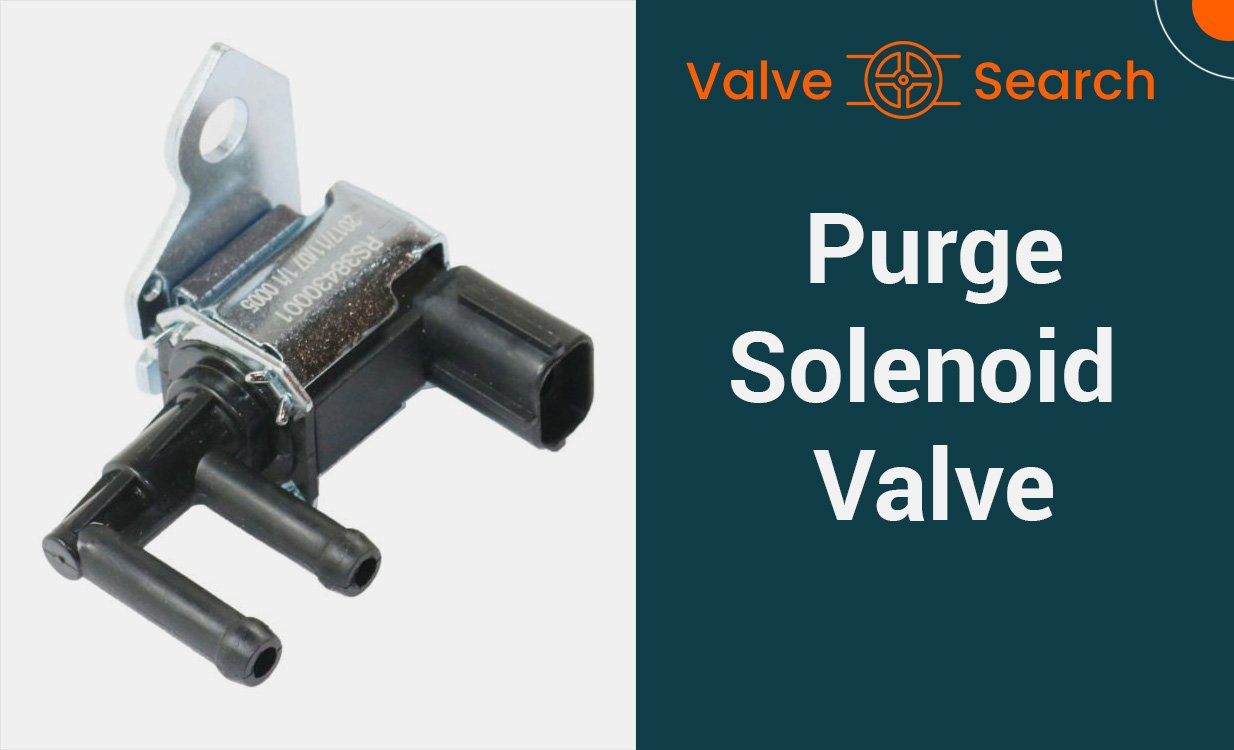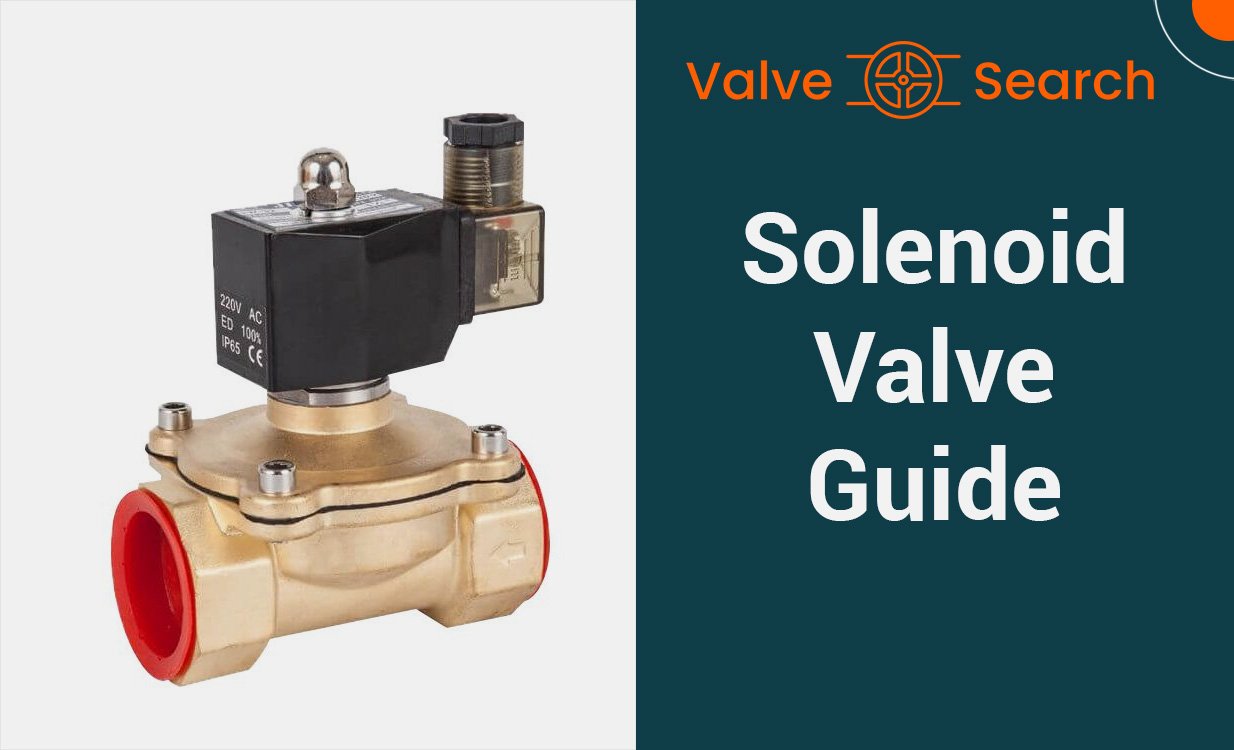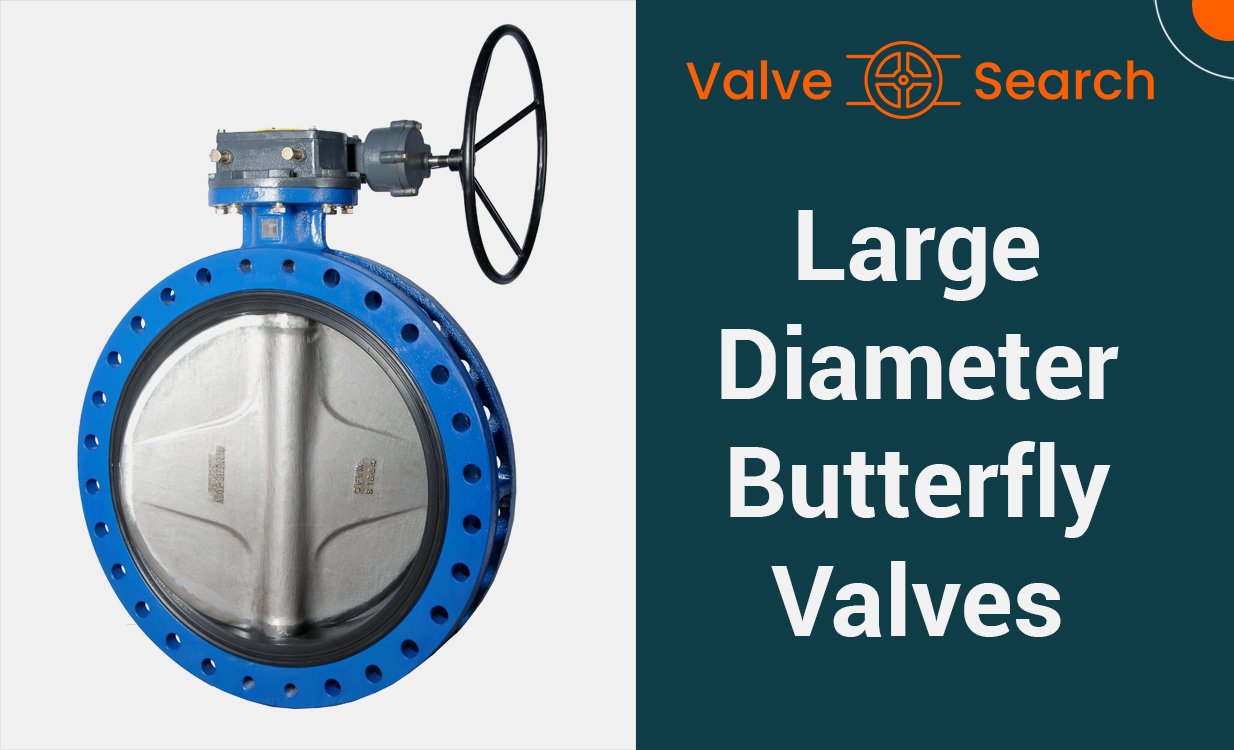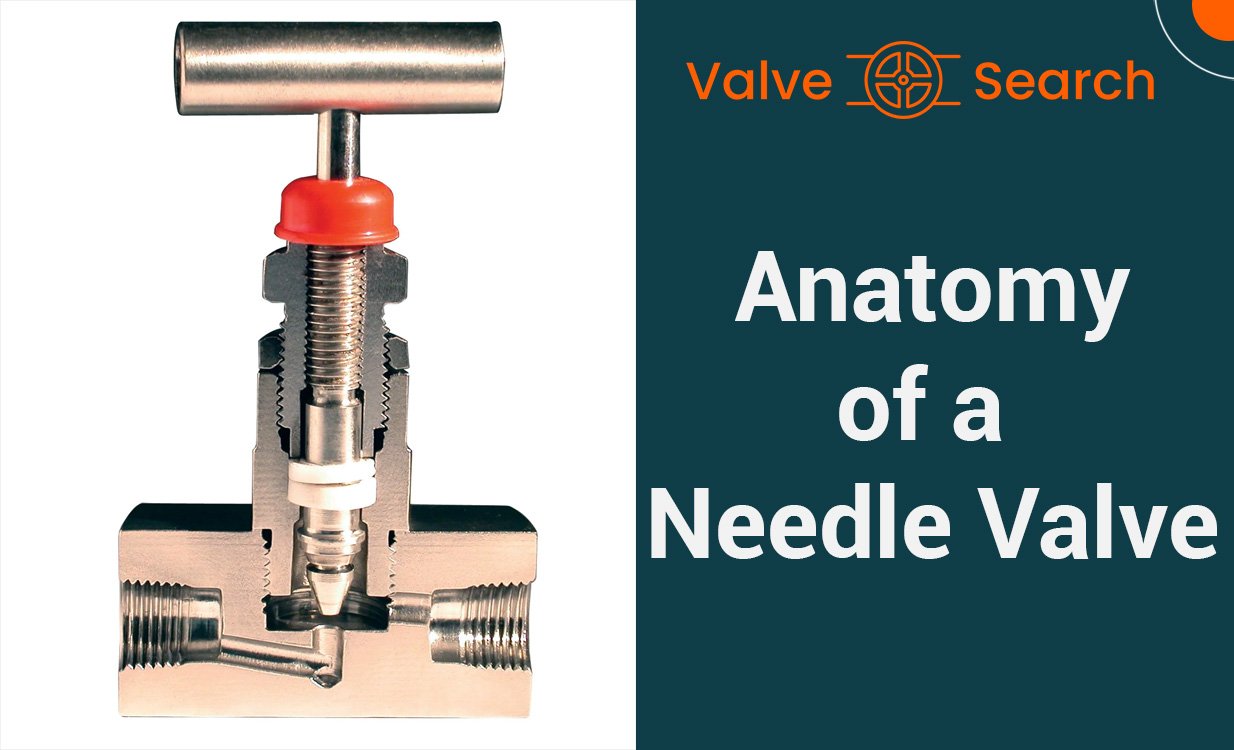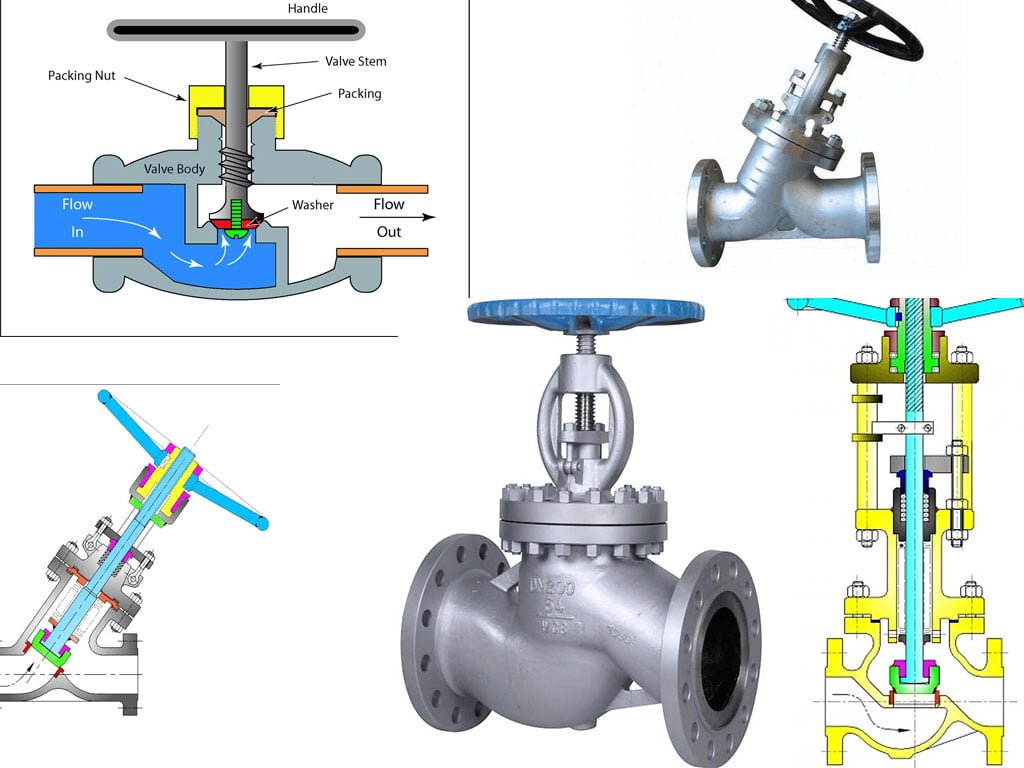Ultimate Guide to Industrial Globe Valves

Table of Contents
ToggleIndustrial Globe Valves
Industrial globe valves are essential components in various industrial applications. In this blog post, we will address frequently asked questions about industrial globe valves, providing clear and insightful answers to help you understand their functionality and importance in industrial settings.
When it comes to industrial processes, the proper selection and use of industrial globe valves are crucial. This blog post aims to answer common queries about industrial globe valves, offering valuable insights into their design, operation, and optimal applications.
Accuracy in Industrial Operations
Curious about how industrial globe valves work and their specific uses? This blog post will delve into the frequently asked questions about these essential components, providing comprehensive and expert answers to enhance your understanding.
Understanding the ins and outs of industrial globe valves is essential for smooth industrial operations. This post will address common questions about industrial globe valves, offering in-depth explanations to help you navigate their functionality and selection process effectively.
What are the main components of an industrial globe valve?
A globe valve consists of several key components, including the body, bonnet, plug, seat, stem, and handwheel. The body is the primary pressure boundary and contains the flow passage. The bonnet provides a cover for the valve internals, while the plug regulates the flow by moving up and down within the seat. The seat forms a seal with the plug to control the flow. The stem connects the handwheel to the plug, allowing for manual operation of the valve.
What material are the components of industrial globe valves typically made of?
The body and bonnet of industrial globe valves are commonly constructed from materials such as cast iron, ductile iron, carbon steel, stainless steel, or bronze, depending on the specific application and operating conditions. The plug, seat, and stem are often made of stainless steel or other corrosion-resistant alloys to ensure durability and longevity.
What is the purpose of the handwheel in a globe valve?
The handwheel in a globe valve serves as the manual control mechanism for opening and closing the valve. By turning the handwheel, the operator can raise or lower the plug within the seat, thereby regulating the flow of fluid through the valve. The handwheel allows for precise adjustments and provides a visual indication of the valve’s position.
How does the plug and seat arrangement work in a globe valve?
The plug in a globe valve moves linearly in a vertical direction to regulate the flow of fluid. When the plug is lowered into the seat, it restricts the flow, effectively shutting off the valve. Conversely, raising the plug opens the flow passage, allowing fluid to pass through. The plug and seat arrangement enables accurate control of flow rates and provides a tight shutoff when the valve is closed.
What is the function of the stem in industrial globe valves?
The stem in a globe valve serves as the connection between the handwheel and the plug. When the handwheel is turned, it rotates the stem, causing the plug to move up or down within the seat. The stem is designed to withstand the mechanical forces and pressure exerted on the plug during operation, ensuring smooth and reliable valve control.
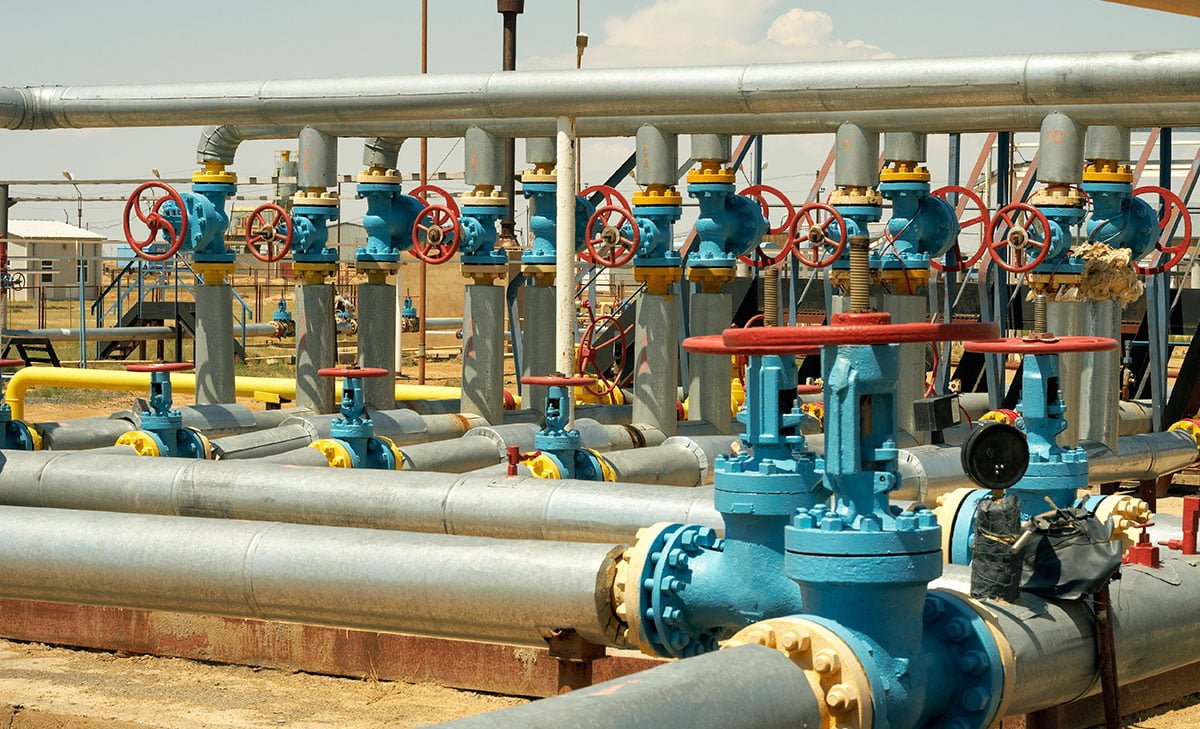
How are industrial globe valves different from other types of valves?
Globe valves are distinct from other types of valves, such as gate valves or ball valves, due to their spherical-shaped body and the linear motion of the plug to regulate flow. Unlike gate valves, which use a parallel or wedge-shaped gate to control flow, globe valves are better suited for throttling and regulating flow. Additionally, globe valves offer the advantage of precise flow control and can be used in applications where throttling is necessary.
Can globe valves be automated for remote operation?
Yes, globe valves can be equipped with pneumatic, electric, or hydraulic actuators to enable remote or automated operation. By integrating an actuator with the valve, it can be controlled electronically or through a centralized system, allowing for precise and efficient flow regulation without the need for manual intervention. Automation also enables remote monitoring and control of the valve, enhancing overall system efficiency.
What factors should be considered when selecting globe valve components for a specific application?
When choosing globe valve components for a particular application, factors such as the type of fluid being handled, operating pressure and temperature, corrosion resistance requirements, and system compatibility should be taken into account. It is essential to select materials and designs that can withstand the specific conditions and performance demands of the application to ensure optimal valve functionality and longevity.
Are there different designs of industrial globe valve components for specific industry applications?
Yes, various industries may require specialized designs of globe valve components to meet specific operational needs. For example, the power generation, oil and gas, chemical processing, and water treatment industries often have unique requirements for globe valve components, including materials, pressure ratings, and flow characteristics. Globe valve manufacturers offer a range of designs and configurations to cater to diverse industry applications and operating conditions.
What maintenance practices are recommended for industrial globe valve components?
Routine maintenance of globe valve components is crucial to ensure optimal performance and longevity. This includes regular inspection of the valve body, bonnet, plug, seat, stem, and handwheel for signs of wear, corrosion, or leakage. Lubrication of moving parts, inspection of seals and gaskets, and testing of the valve’s operation are also essential maintenance practices. Following manufacturer guidelines and industry best practices for maintenance can help mitigate potential issues and extend the service life of globe valve components.
How can I identify the right components for a globe valve replacement or upgrade?
When considering a replacement or upgrade of globe valve components, it is important to consult with experienced valve suppliers or engineers to identify the most suitable components for the specific application and system requirements. Factors such as material compatibility, pressure and temperature ratings, flow characteristics, and industry standards should be carefully evaluated to ensure seamless integration and optimal performance of the new components within the existing valve assembly. Additionally, seeking expert guidance can help avoid potential compatibility issues and ensure the successful implementation of the replacement or upgrade.


